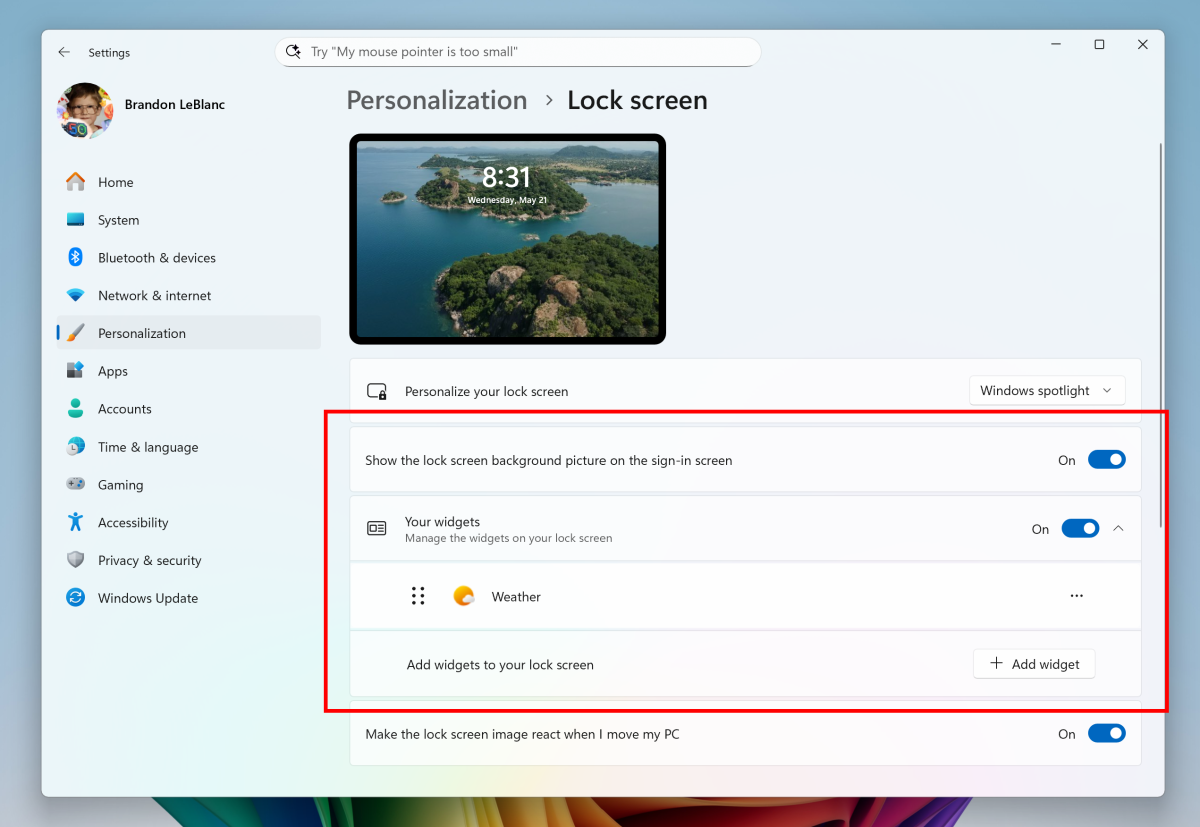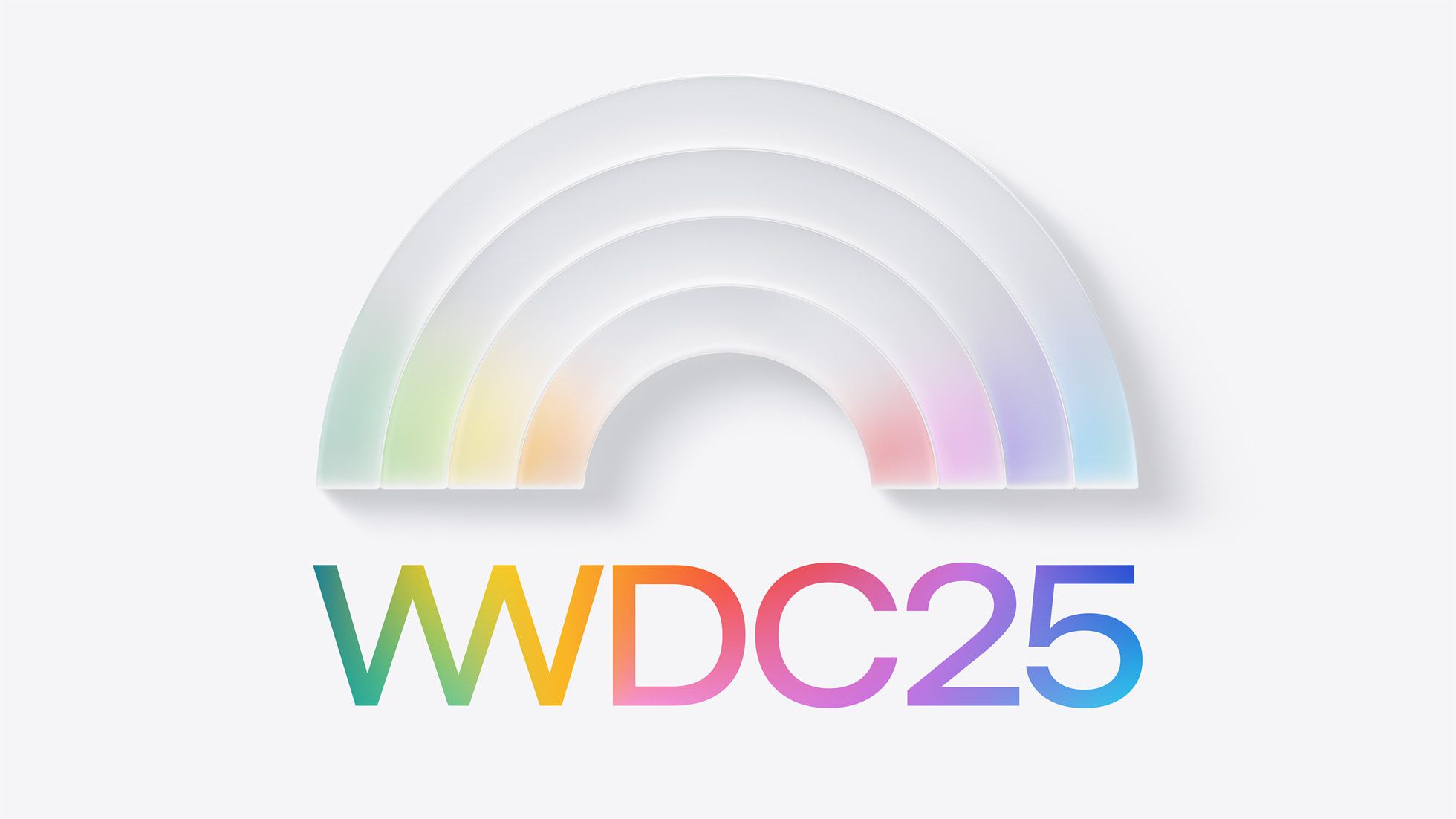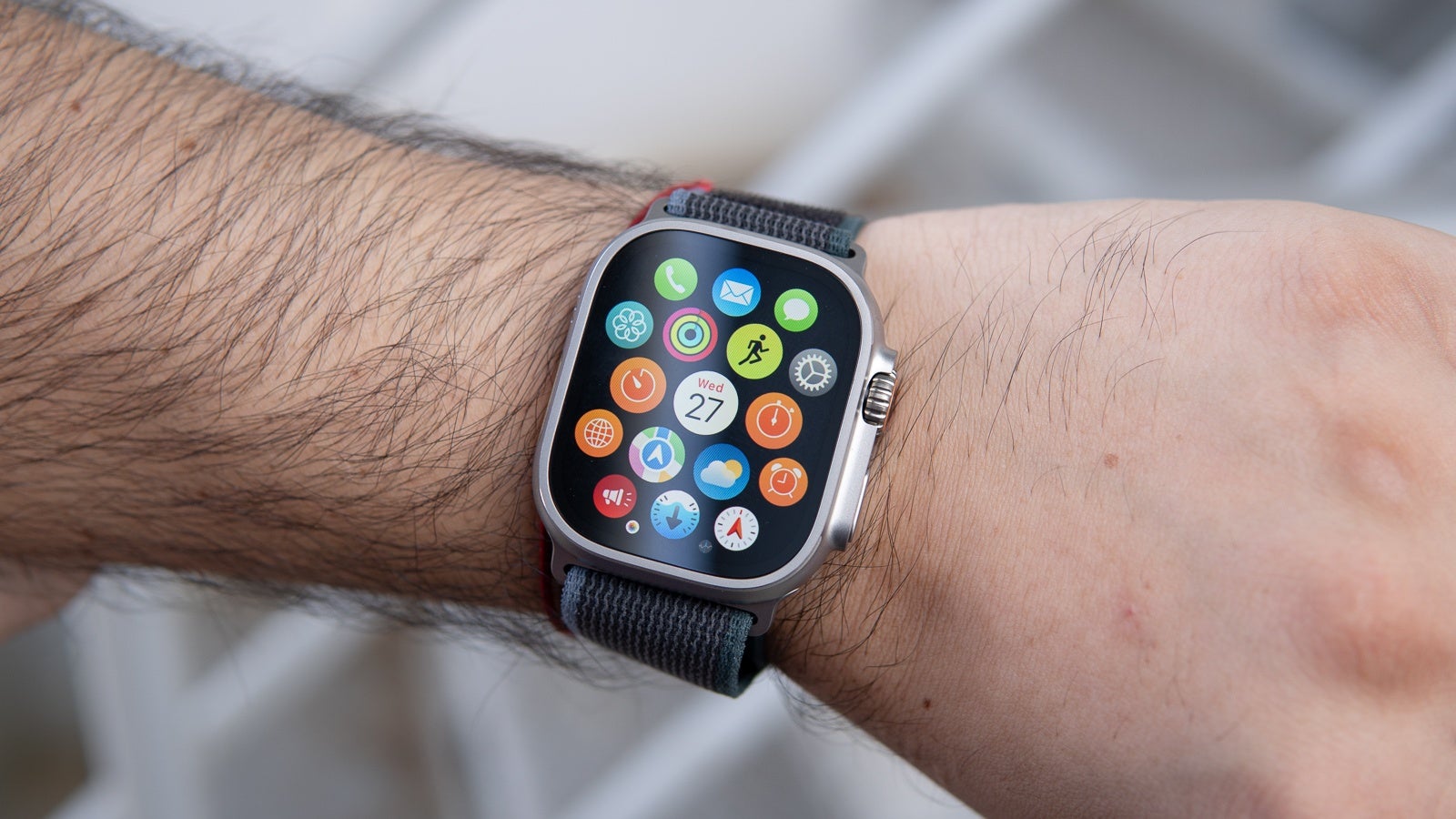Medical Data Transcription: Process, Standards, and Industry Solutions
Medical transcription is a critical process in the healthcare industry that involves converting voice recordings of physicians and other healthcare professionals into text format. The transcribed medical reports are submitted to the hospital’s Electronic Health Record (EHR) or Electronic Medical Record (EMR) system and serve as a chronological and searchable record of patient check-ups, diagnoses,… Continue reading Medical Data Transcription: Process, Standards, and Industry Solutions The post Medical Data Transcription: Process, Standards, and Industry Solutions appeared first on Cogitotech.

Medical transcription is a critical process in the healthcare industry that involves converting voice recordings of physicians and other healthcare professionals into text format. The transcribed medical reports are submitted to the hospital’s Electronic Health Record (EHR) or Electronic Medical Record (EMR) system and serve as a chronological and searchable record of patient check-ups, diagnoses, and treatment plans. Medical transcriptionists are responsible for accurately transcribing and documenting medical information to ensure the integrity, clarity, and confidentiality of patient data.
Process of Medical Transcription
Step 1: Medical Professional Dictation:
The process begins with an audio recording of medical professionals providing information related to a patient’s condition. These recordings may include voice files, dictated notes, and live teleconferences.
Step 2: Transcribing Voice Files Into Text:
After recording the dictation, medical transcriptionists listen to the recordings and convert them into written documents. This step requires a high level of skill, collaboration between transcriptionists and quality assurance specialists for accurate representation of spoken words and medical terminology.
Step 3: Editing and Proofreading:
Once transcribed, medical transcriptionists thoroughly proofread and edit the transcribed documents for accuracy, grammar, spelling, and formatting. They ensure the final document is accurate, structured, encoded, and meets the required standards.
Step 4: Formatting and Style Guidelines:
Medical transcriptionists must follow established professional and organizational standards when transcribing medical documents. These guidelines include using standardized medical abbreviations, formatting patient information consistently, listing medications appropriately, and structuring documents, such as discharge summaries. This ensures that medical records are accurate, easy to understand, and legally compliant.
Step 5: Quality Assurance:
Quality is a critical part of the medical transcription process. Transcribed medical files undergo rigorous quality checks to ensure they are accurate, consistent, and compliant with regulatory requirements, such as HIPAA, which protects patient privacy and data security. Quality checks can involve comparing original audio files with the written document.
Guidelines and Standards
HIPAA Compliance: The Health Insurance Portability and Accountability Act (HIPAA) outlines patient privacy and security guidelines. Transcriptionists must adhere to these regulations to maintain patient confidentiality throughout the transcription process.
Style Guides: Healthcare organizations establish their own style guides or formatting guidelines for medical documents. Transcriptions are required to understand and consistently follow these guidelines to ensure uniformity and clarity in the transcribed records.
Timelines: In the fast-paced healthcare industry, transcriptionists must meet strict deadlines. They need to manage their time effectively, prioritize tasks, and deliver transcribed documents in a timely manner.
Prerequisite for Medical Data Transcription
Knowledge of Medical Terminology: The medical field uses highly technical language and requires professionals with a comprehensive understanding of medical terminology to accurately transcribe medical audio files. The more terms, acronyms, and abbreviations a transcriptionist knows, the easier it will be to understand voice recordings and transcribe voice recordings.
Strong Listening Skills: To accurately understand and transcribe audio content, the transcription workforce must have excellent listening skills. They should be able to understand and interpret a wide range of accents, speech patterns, and medical terminology.
Grammar Skills: Transcriptionists need to have a strong command of the language, including grammar, punctuation, and spelling, to produce flawless transcribed documents.
Attention to Detail: Listening to audio and typing spoken content requires meticulous attention to detail. To accurately transcribe complex medical terms, including disease, prescription, drug names, and dosage, ensuring precision and completeness.
Confidentiality and Ethics: Medical documents contain sensitive patient information. Medical transcriptionists must follow strict ethical guidelines, safeguarding patient privacy and ensuring the security of medical records.
Cogito Tech’s Medical Data Transcription Services
Cogito Tech provides comprehensive medical transcription and annotation services, including audio-to-text, text-to-text, and cross-modal applications. Our medical transcriptionists ensure accuracy and compliance, supporting both healthcare institutions and medical AI developers.
Domain Expertise in Medical AI: Well-versed in healthcare terminology and trained by medical specialists, Cogito Tech’s medical transcriptionists deliver precise transcripts for the hospital EHR or EMR systems. We collaborate with natural language processing (NLP) experts to support advanced multimodal applications, such as audio-to-text models, virtual healthcare assistants, and intelligent clinical documentation systems.
Customizable Multimodal Solutions: Medical transcriptionists at Cogito Tech can handle diverse content types, including clinical discussions, patient histories, discharge summaries, administrative correspondence, training materials, and a lot more.
Robust Security and Compliance: Our HIPAA-compliant platform incorporates advanced security measures to safeguard Protected Health Information (PHI) and Personally Identifiable Information (PII), ensuring that all transcripts meet regulatory standards.
Multilingual Proficiency: Our multilingual workforce accurately converts doctor-patient interactions into written notes across languages, enabling accessible and inclusive patient records and treatment documentation.
Flexible Services: Whether you’re working with MP3 or WAV audio formats or handwritten documents, we tailor our transcription services to meet your project’s specific requirements.
With its advanced platform and trained workforce, Cogito Tech provides flexible and scalable medical data transcription services for EHR systems—solutions that can also be seamlessly integrated into generative AI workflows.
Conclusion
As the healthcare industry continues to adopt automation and advanced technologies, the demand for accurate and compliant medical transcription services is on the rise. The rising use of speech recognition applications has further fueled the need for skilled transcriptionists to ensure accuracy, compliance, and clarity in medical documentation. By outsourcing transcription services to experienced platforms, healthcare institutions and medical AI developers can improve the quality of transcribed documents, streamline clinical workflows, and maintain adherence to strict privacy, security, and ethical standards.
The post Medical Data Transcription: Process, Standards, and Industry Solutions appeared first on Cogitotech.



































































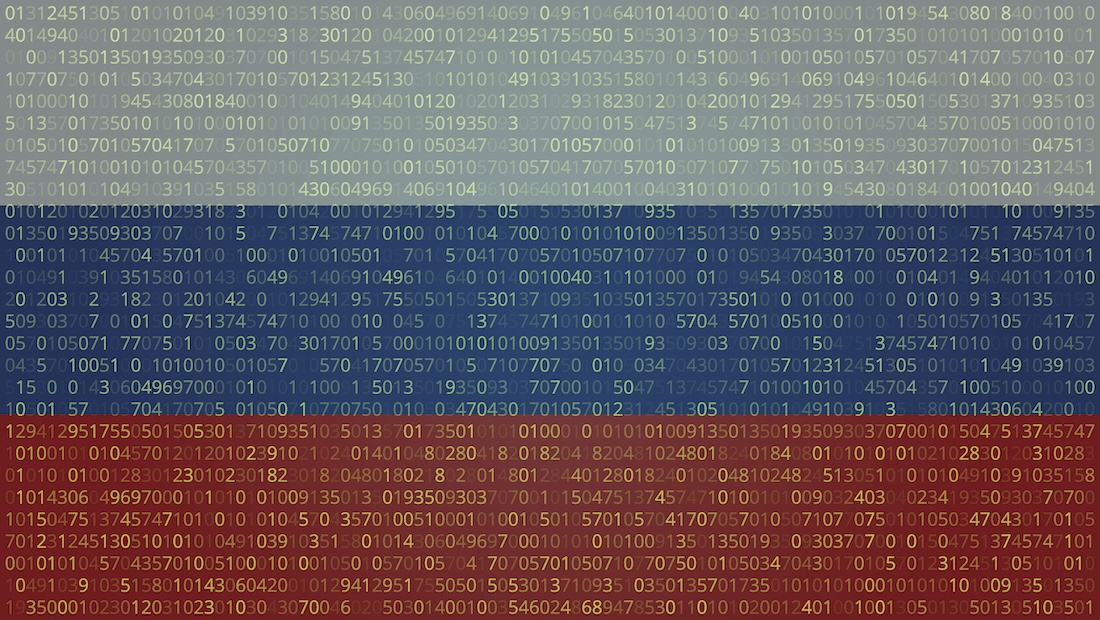




![[The AI Show Episode 149]: Google I/O, Claude 4, White Collar Jobs Automated in 5 Years, Jony Ive Joins OpenAI, and AI’s Impact on the Environment](https://www.marketingaiinstitute.com/hubfs/ep%20149%20cover.png)






























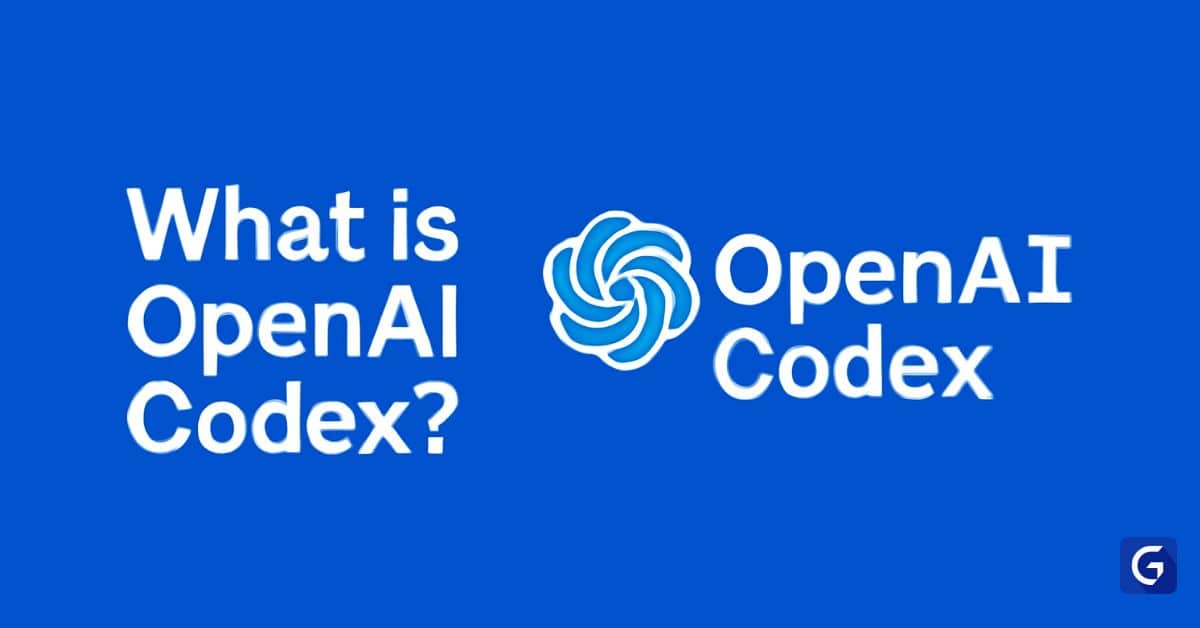



















































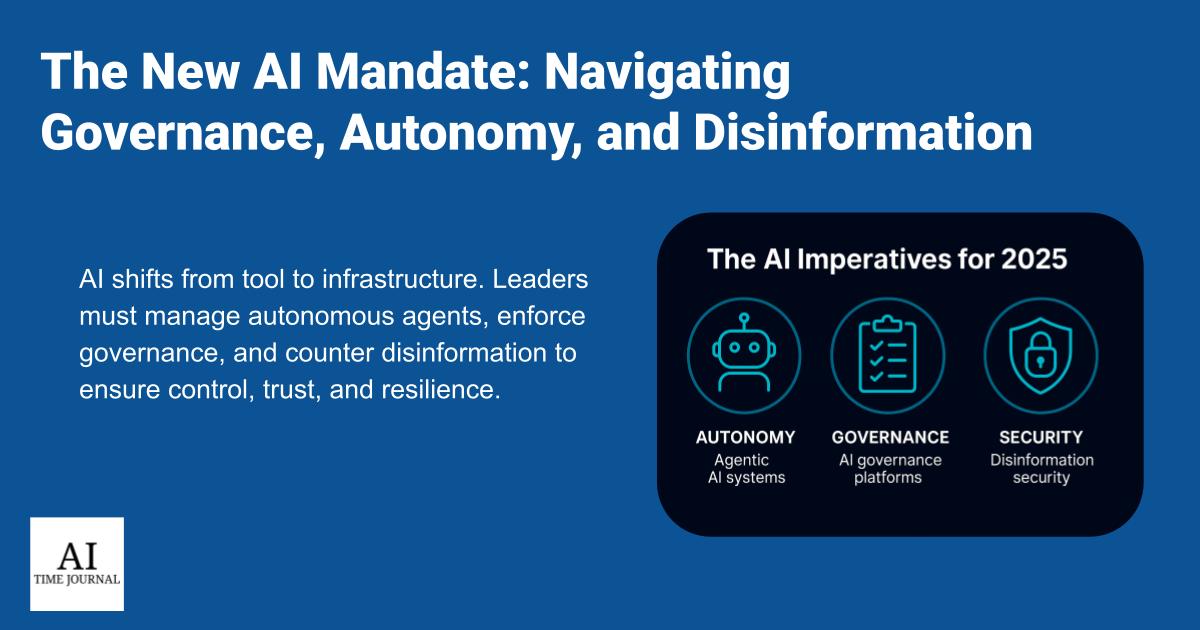















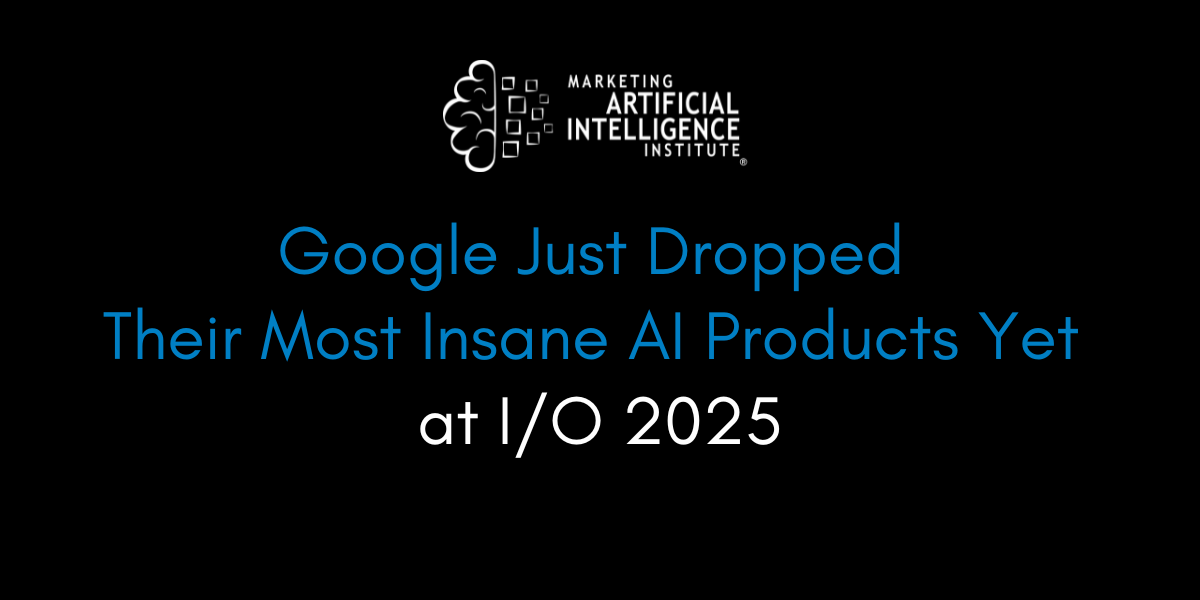
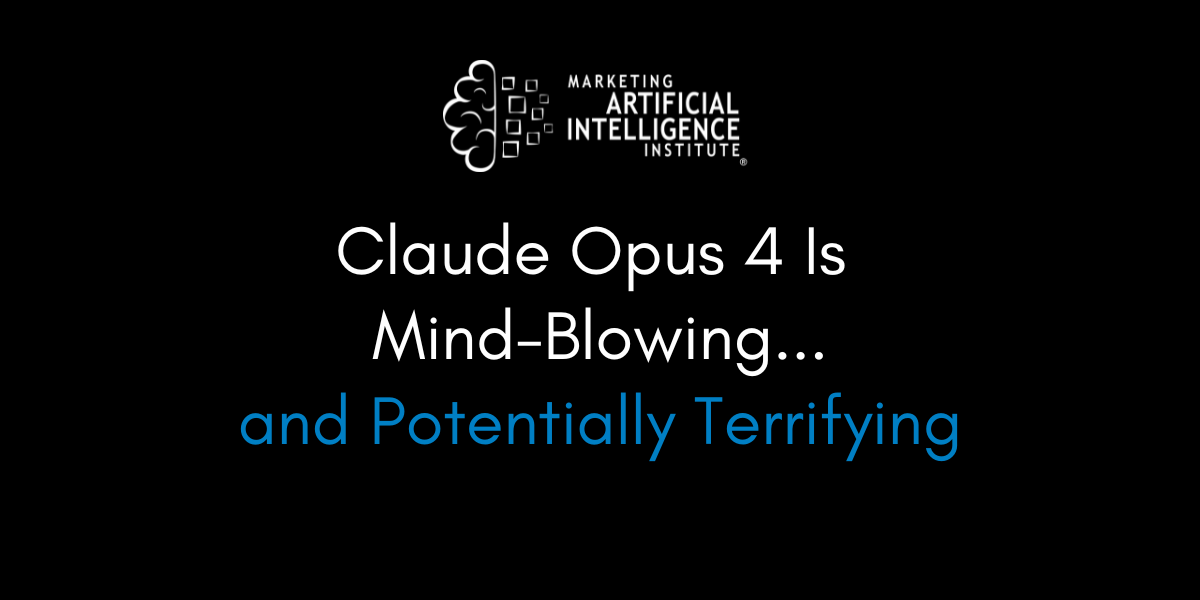



























































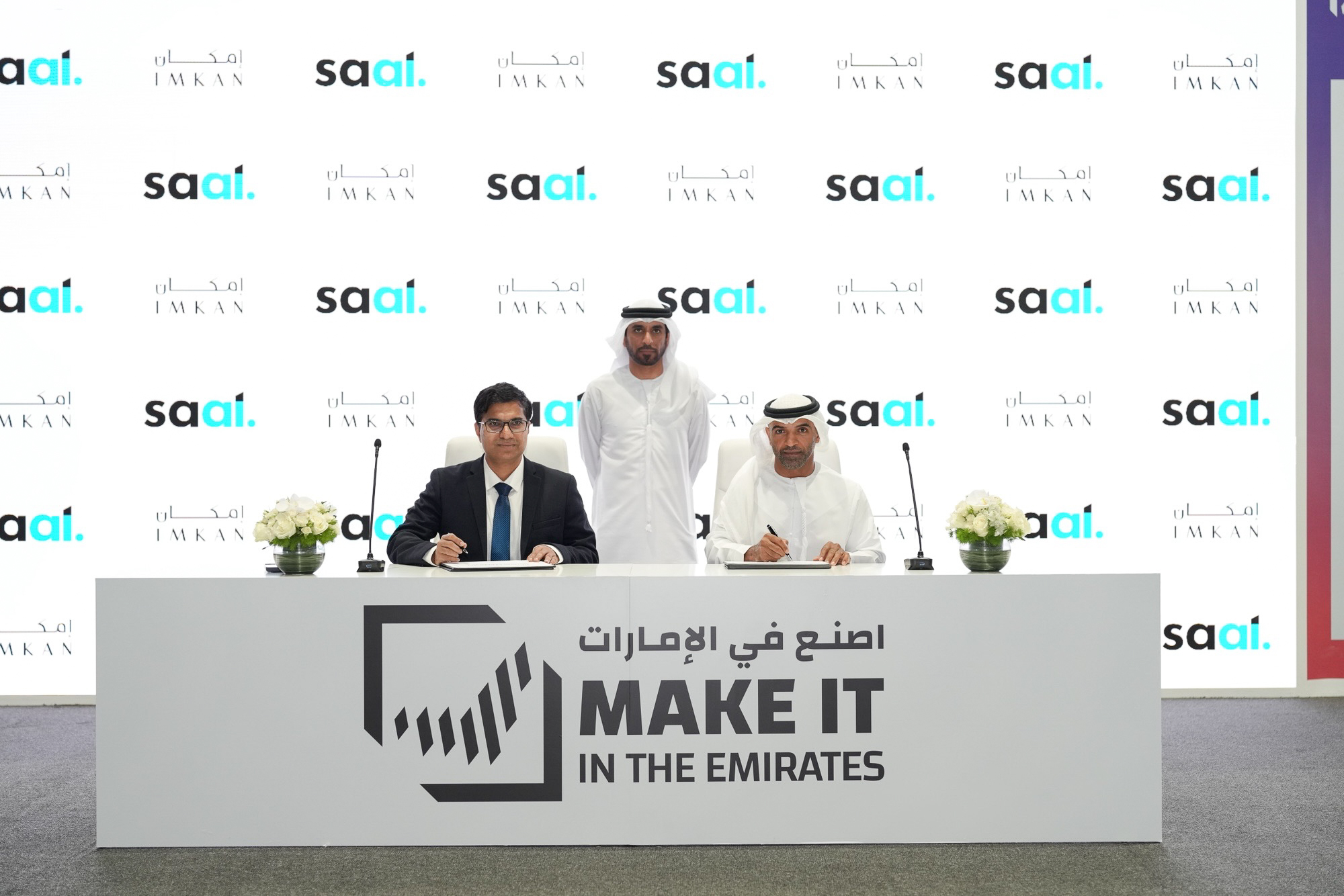





























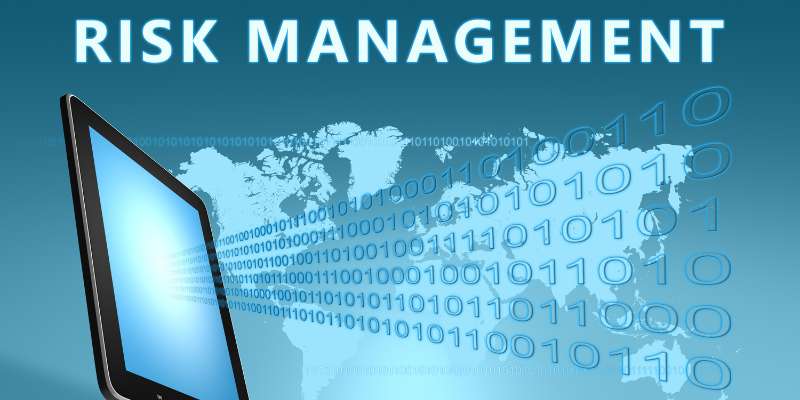






































![Laid off but not afraid with X-senior Microsoft Dev MacKevin Fey [Podcast #173]](https://cdn.hashnode.com/res/hashnode/image/upload/v1747965474270/ae29dc33-4231-47b2-afd1-689b3785fb79.png?#)
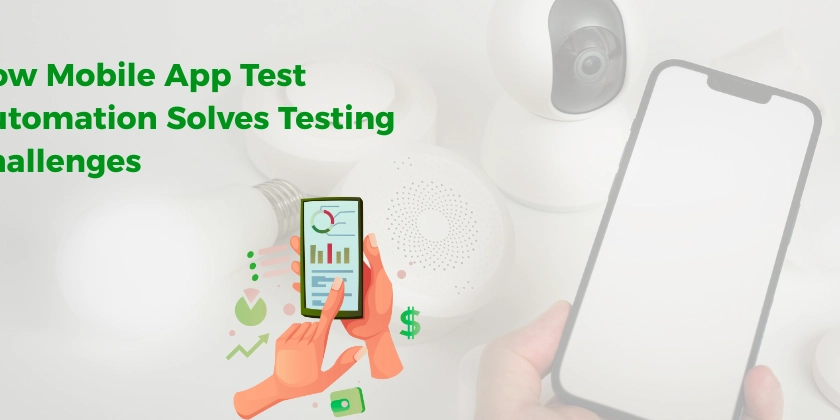


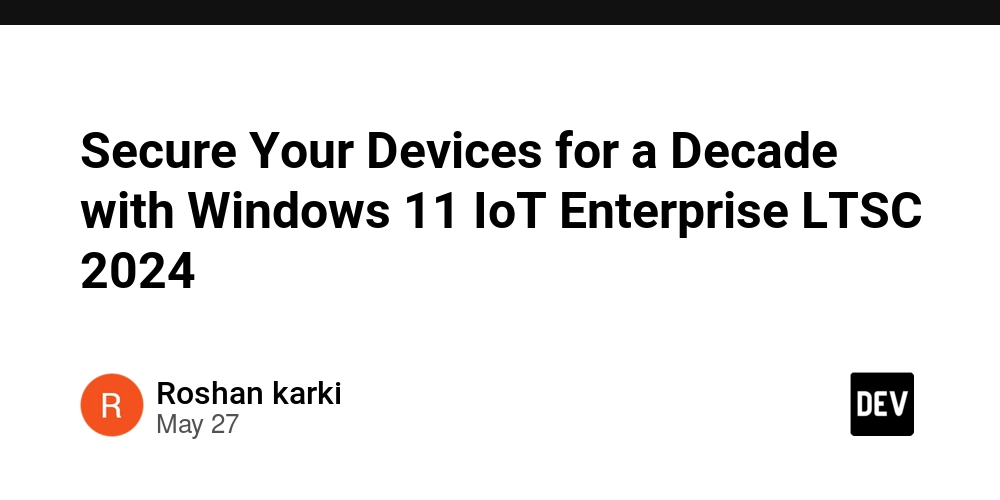


































































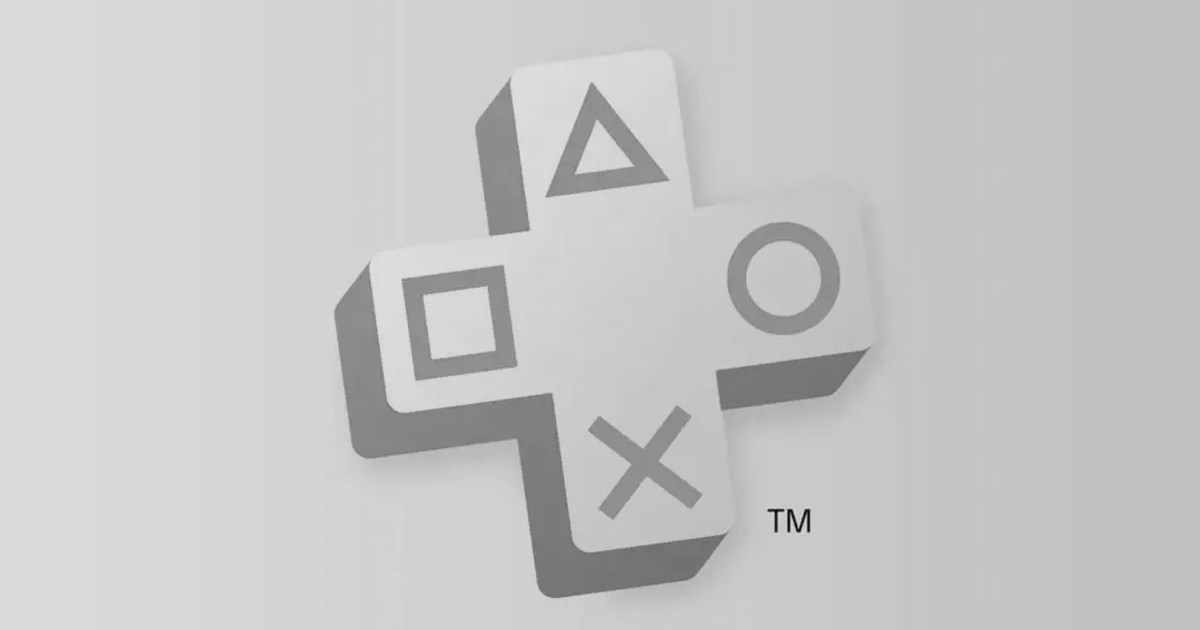




































.jpg?#)













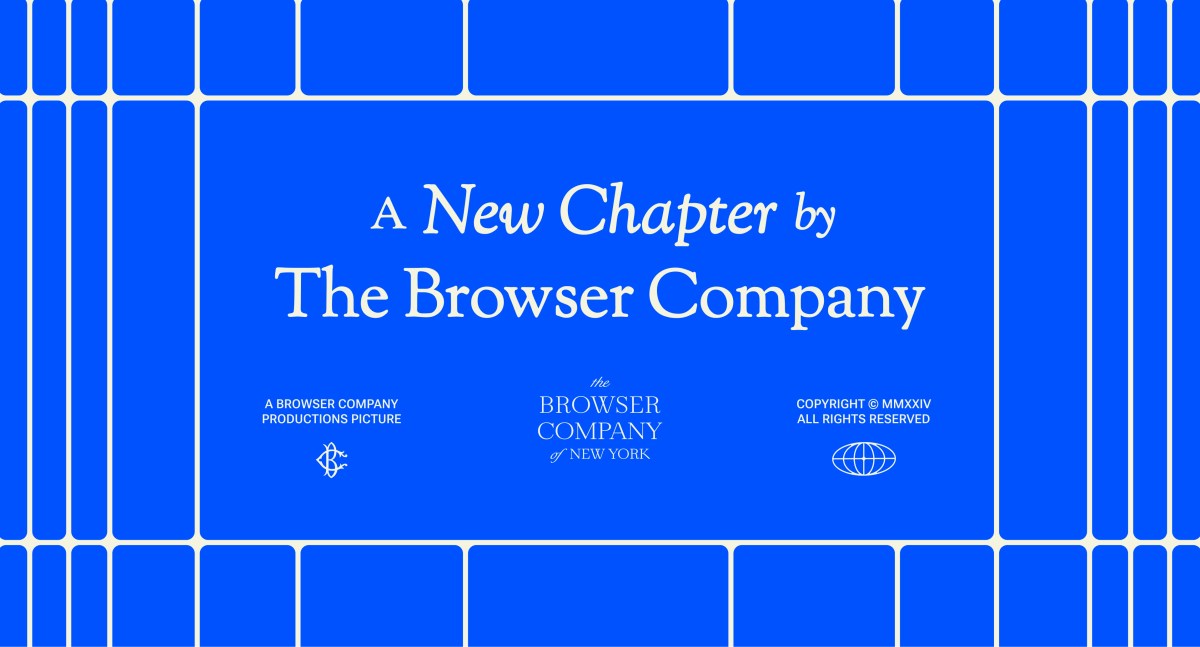











_David_Hall_-Alamy.jpg?width=1280&auto=webp&quality=80&disable=upscale#)
_Andriy_Popov_Alamy_Stock_Photo.jpg?width=1280&auto=webp&quality=80&disable=upscale#)



























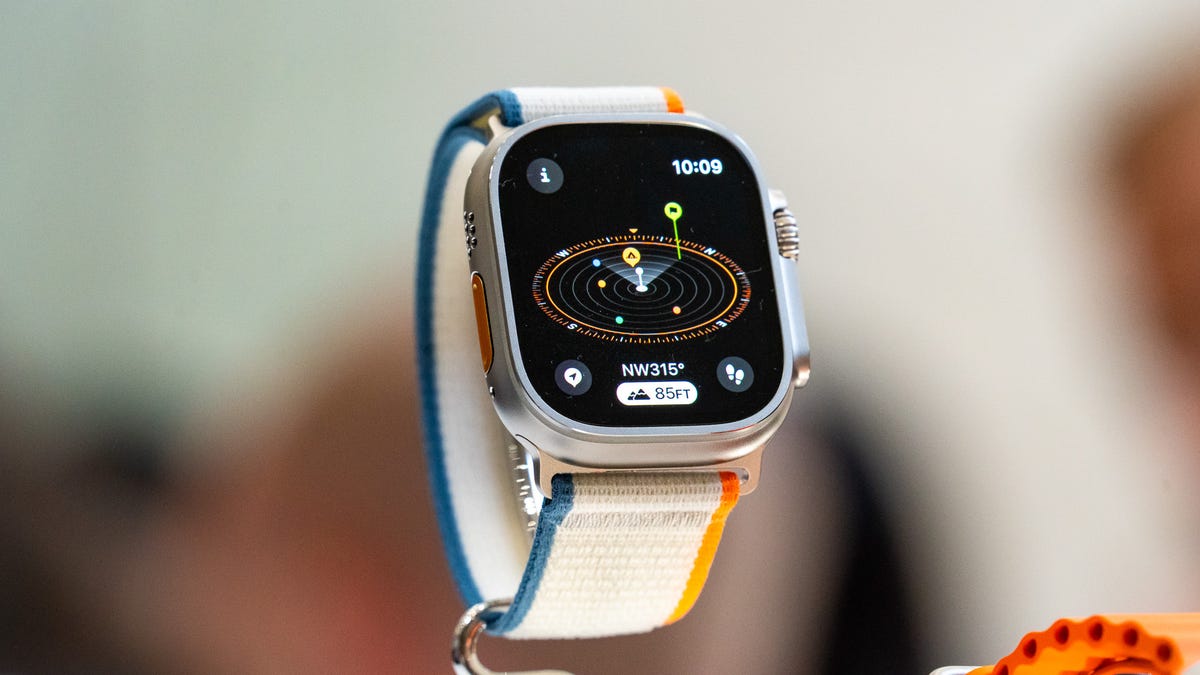


















































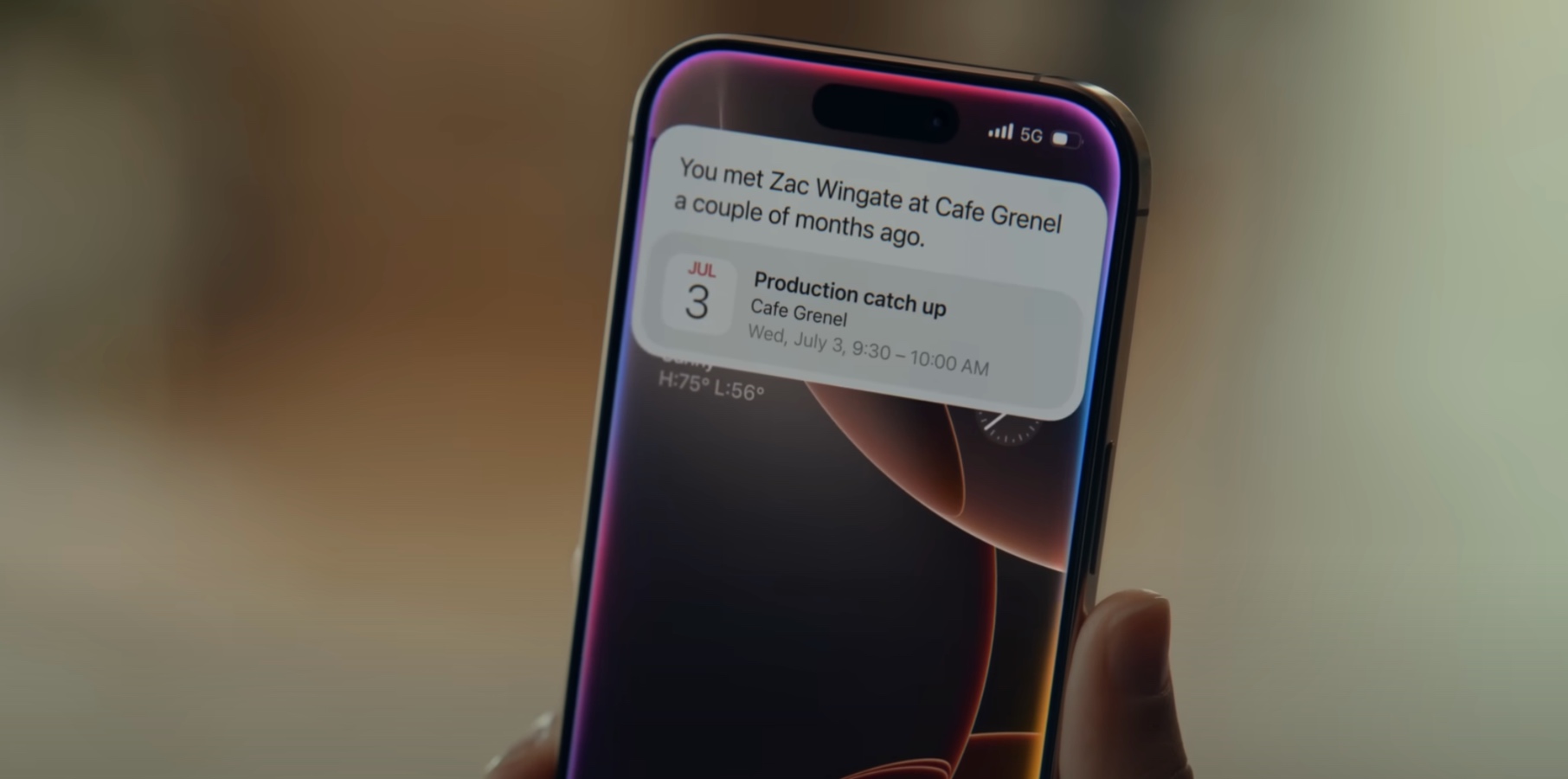













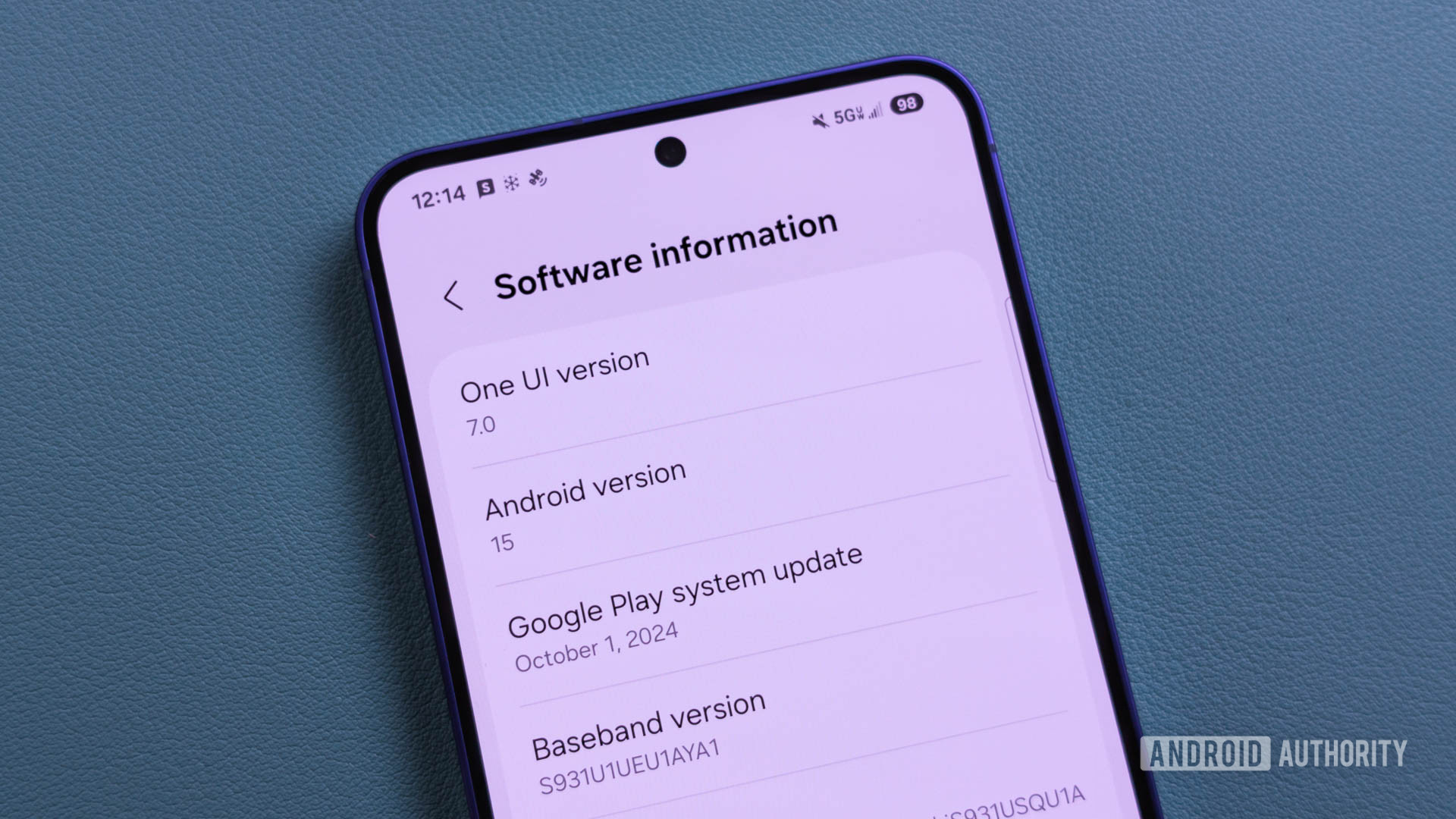





















![Apple's Secret AI Robot With Expressive Arm Now a Major Focus [Report]](https://www.iclarified.com/images/news/97425/97425/97425-640.jpg)
![Trump Targets Apple After Tim Cook Skips Middle East Trip [Report]](https://www.iclarified.com/images/news/97427/97427/97427-640.jpg)
![Apple to Unveil New 'Solarium' Interface at WWDC [Report]](https://www.iclarified.com/images/news/97422/97422/97422-640.jpg)
![Apple 15-inch M4 MacBook Air On Sale for $1049.99 [Deal]](https://www.iclarified.com/images/news/97419/97419/97419-640.jpg)




















